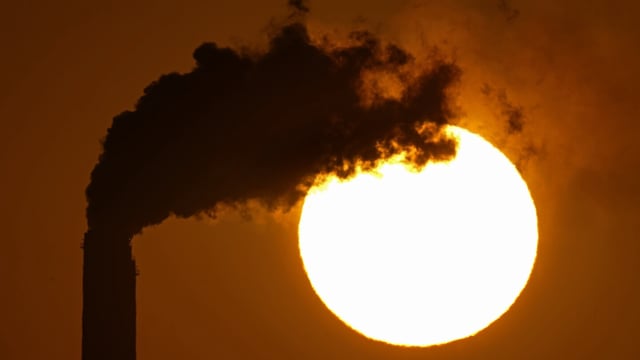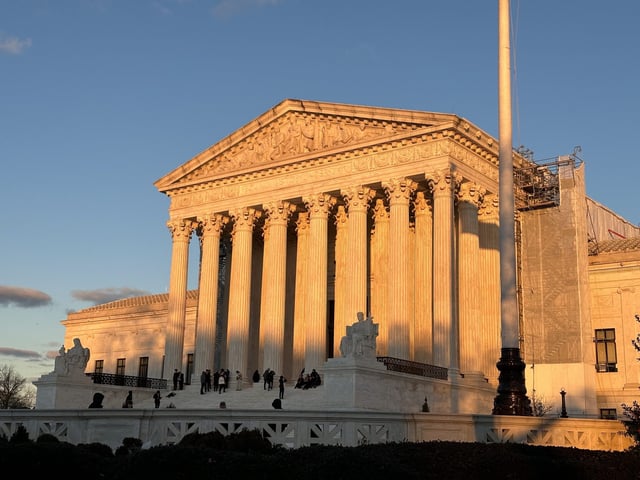Overview
- The Supreme Court's conservative majority appeared skeptical about the EPA's 'good neighbor' rule aimed at reducing cross-state air pollution from power plants.
- Three states and industry groups have challenged the rule, arguing it is costly and ineffective, leading to its suspension in a dozen states.
- The EPA argues the rule is crucial for protecting downwind states from smog-causing pollution, emphasizing the health impacts and federal clean air deadlines.
- Justices questioned the EPA's decision to proceed with the rule for 11 states despite initial plans for 23 states, and the case's urgency before other legal challenges are resolved.
- Environmental and public health advocates support the rule as a life-saving measure, while industry critics claim it has an anti-coal bias and could increase electricity costs.



